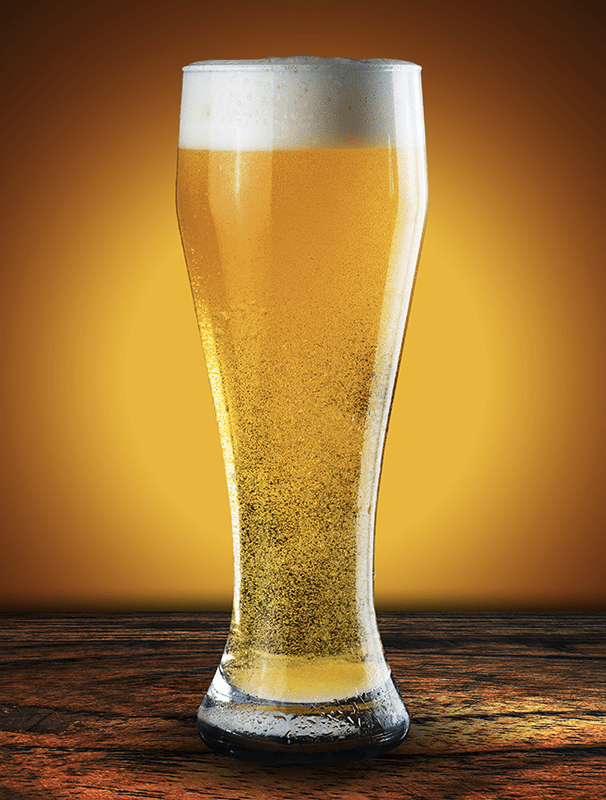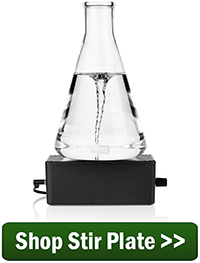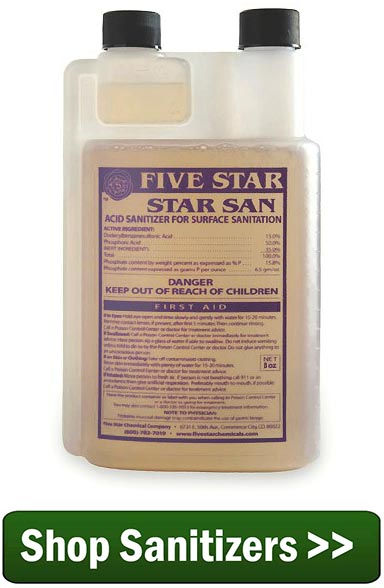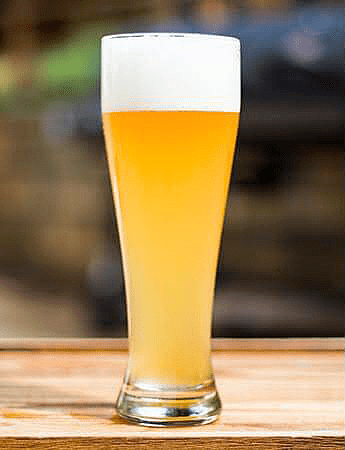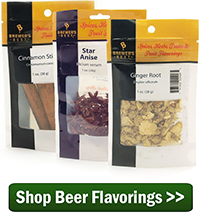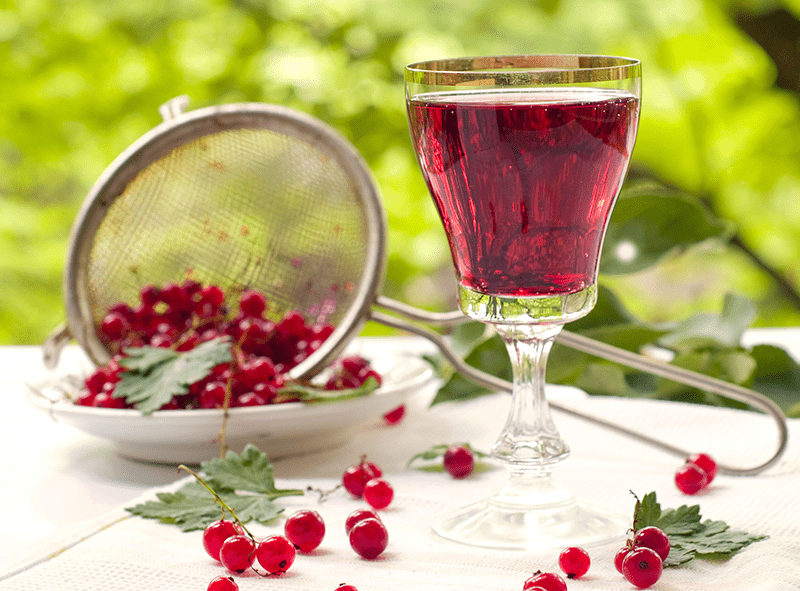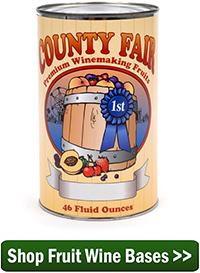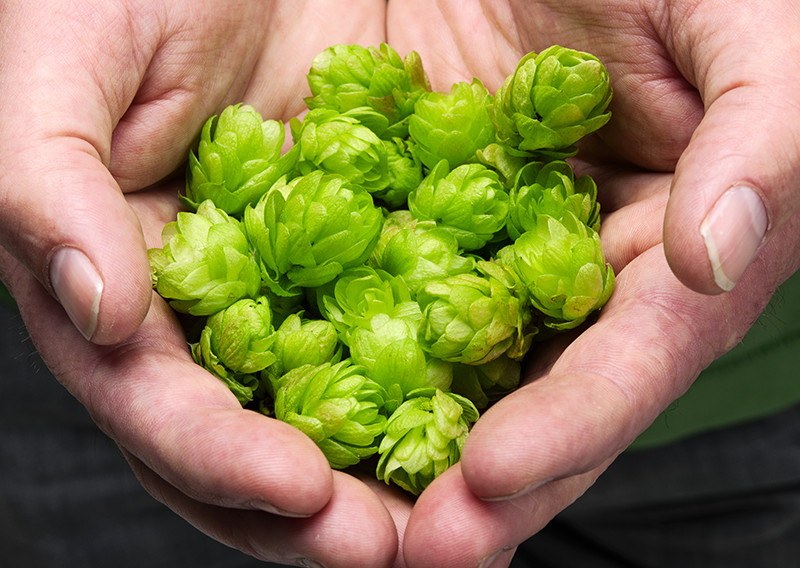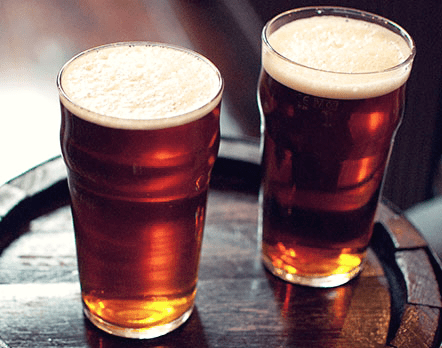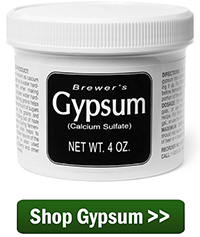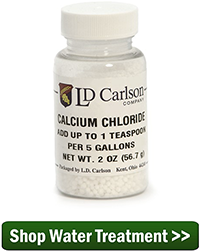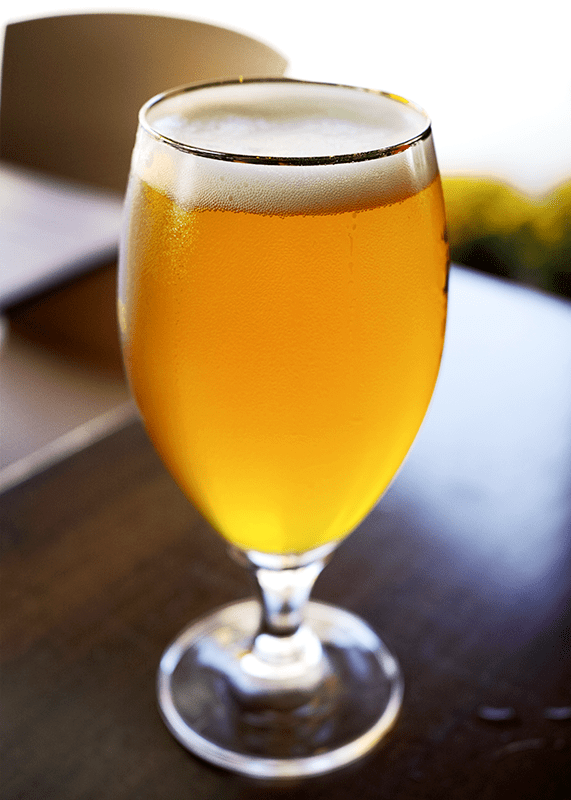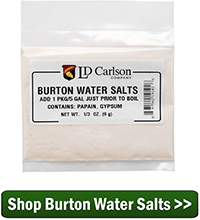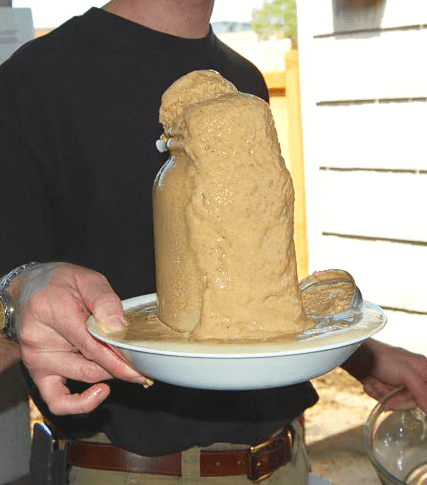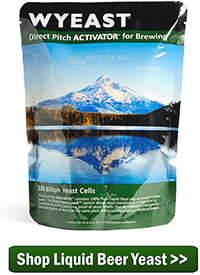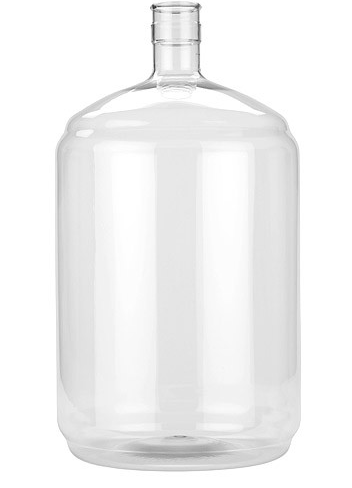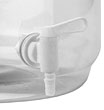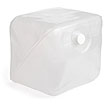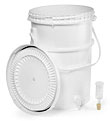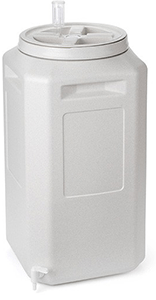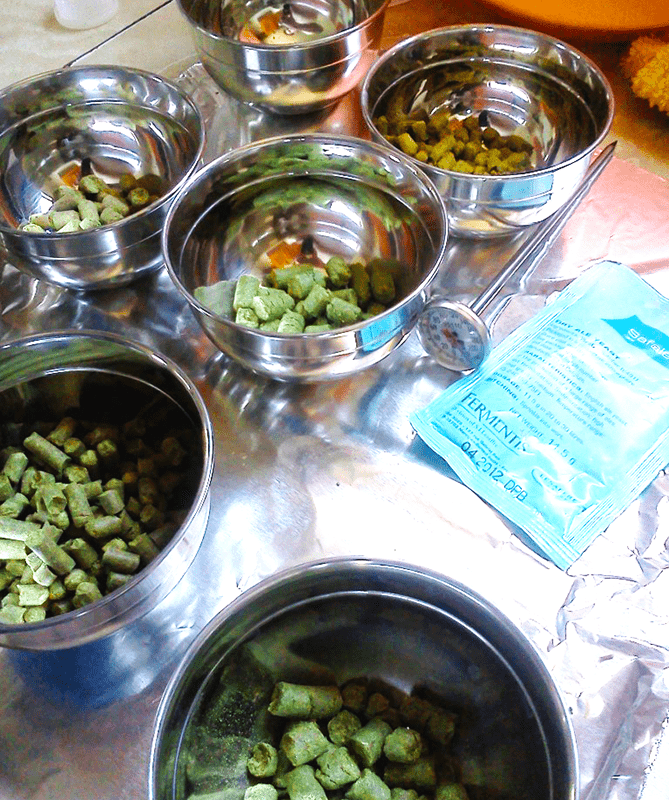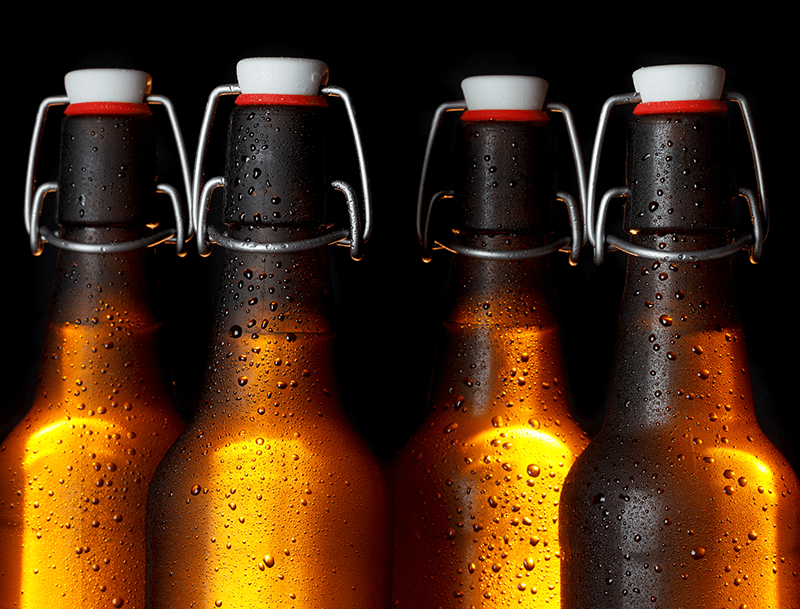 Bottling homebrew beer isn’t always an easy process. If you’ve already bottled a few batches, then you already know what I’m talking about. Filling some 50 bottles of beer can be time-consuming and frustrating for the average homebrewer. But it doesn’t have to be!
Bottling homebrew beer isn’t always an easy process. If you’ve already bottled a few batches, then you already know what I’m talking about. Filling some 50 bottles of beer can be time-consuming and frustrating for the average homebrewer. But it doesn’t have to be!
One of the great things about homebrewing is that it is a totally modifiable hobby. There’s no single “right” way to do it. All it takes is a little creativity to make things work for you.
Here’s some tips for bottling homebrew beer that will save time and effort on bottling day:
Challenge #1: Cleaning & Sanitizing
No one enjoys scrubbing 50 beer bottles by hand. Luckily, this is a part of the bottling process that can be largely automated.
Advice for cleaning and sanitizing beer bottles:
- Rinse first. After drinking a beer, rinse out the bottle with a few quick bursts from the kitchen faucet. This will make sure there isn’t any nasty gunk inside the bottle that has to be scrubbed out on beer bottling day. Stubborn deposits inside the bottle? The Bottle and Carboy Washer will blast them away. Consider draining your beer bottles on a Bottle Tree so you don’t have to worry about standing water inside the bottle.
- Sanitize in dishwasher. This is one of the beer bottling tips that will save you a lot of time. It isn’t a good way to clean beer bottles, but if you’ve already rinsed them, it makes sanitizing pretty easy. The dishwasher jets won’t likely reach into the bottom of every bottle, but the steam and the heat will kill most of the wild yeast and bacteria that may be lurking inside the bottles. Just plan ahead and place your clean bottles in the dishwasher and get the sanitizing cycle going an hour or so ahead of bottling time.
Challenge #2: Removing Labels
Probably the most annoying part of bottling homebrew beer is removing the labels, so much so that some homebrewers don’t even bother. But if you submit your beer bottles for competition or want to make sure you don’t look like a total amateur, the labels gotta go.
Tips for removing beer bottle labels:
- Buy some plain bottles. If you’re willing to spend the money, just get a case of beer bottles from your homebrew shop. For some, the time savings will be worth the expense.
- Choose your bottles wisely. If you’ve removing labels before, you may have noticed that certain breweries’ labels come off more easily than others. I’ve found that it’s usually the larger craft breweries whose labels come off the easiest. If you need to stock up on bottles for homebrewing, get a case from New Belgium or Sam Adams. Once you’ve made your way through the case (remember to rinse!), just soak the bottles in a solution of Basic A No-Rinse Cleanser and warm water – the labels will come right off.
Challenge #3: Tilting the Bottling Bucket
This is a beer bottling tips that will save you a couple of bottles every batch when bottling your homebrew beer. A lot of bottling buckets have the spout a full inch or so above the bottom of the bucket. This helps leave behind sediment that may be in the bucket, but there’s at least a few bottles worth of beer below the spout. This leaves us having to tilt the bucket to get the last several pints. An extra set of hands will make this easier, but it seems to me like an unnecessary waste of energy.
Solution?
- Build your own dip tube. I found this tip on Homebrew Talk. Take a rubber stopper that fits into the inside of your bottling spigot and construct a dip tube from a short piece of plastic, stainless steel, or copper. For my setup, a Drilled #2 Rubber Stopper did the trick, and now I don’t have to tip the bucket!
Do you have any tips for bottling homebrew beer you’d like to share? I’m sure that others would love to hear them. Comment below and let us know!
—–
David Ackley is a beer writer, brewer, and self-described “craft beer crusader.” He holds a General Certificate in Brewing from the Institute of Brewing and Distilling and is founder of the Local Beer Blog.

